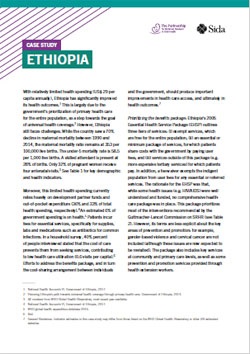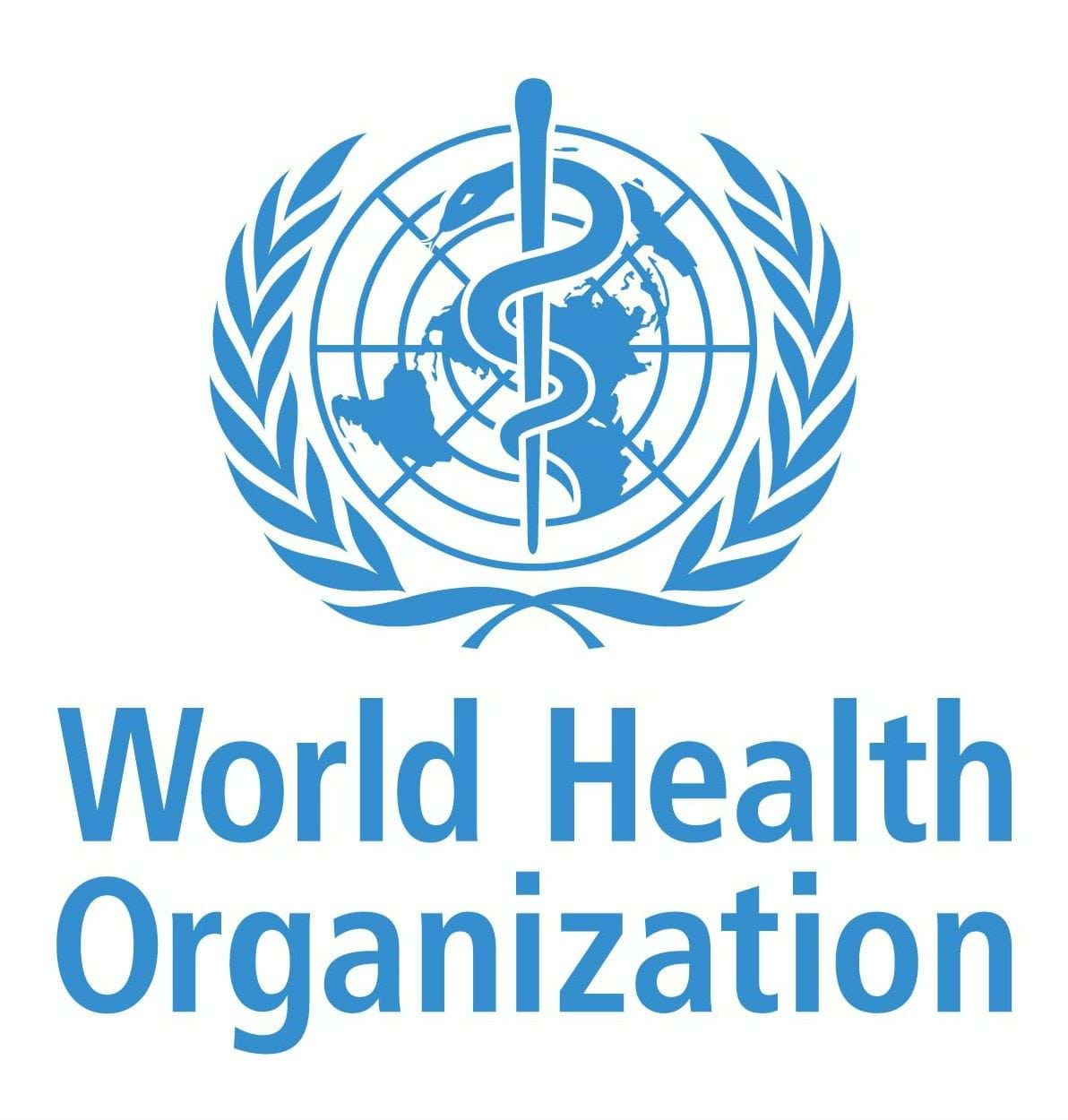Case study: Ethiopia
21 October 2017
| Meeting report

Overview
With relatively limited health spending (US$ 29 per capita annually), Ethiopia has significantly improved its health outcomes.1 This is largely due to the government’s prioritization of primary health care for the entire population, as a step towards the goal of universal health coverage.2 However, Ethiopia still faces challenges. While the country saw a 70% decline in maternal mortality between 1990 and 2014, the maternal mortality ratio remains at 353 per 100,000 live births. The under-5 mortality rate is 58.5 per 1,000 live births. A skilled attendant is present at 28% of births. Only 32% of pregnant women receive four antenatal visits.3 See Table 1 for key demographic and health indicators.
Number of pages
8

.png?sfvrsn=6d0e27cd_1)



